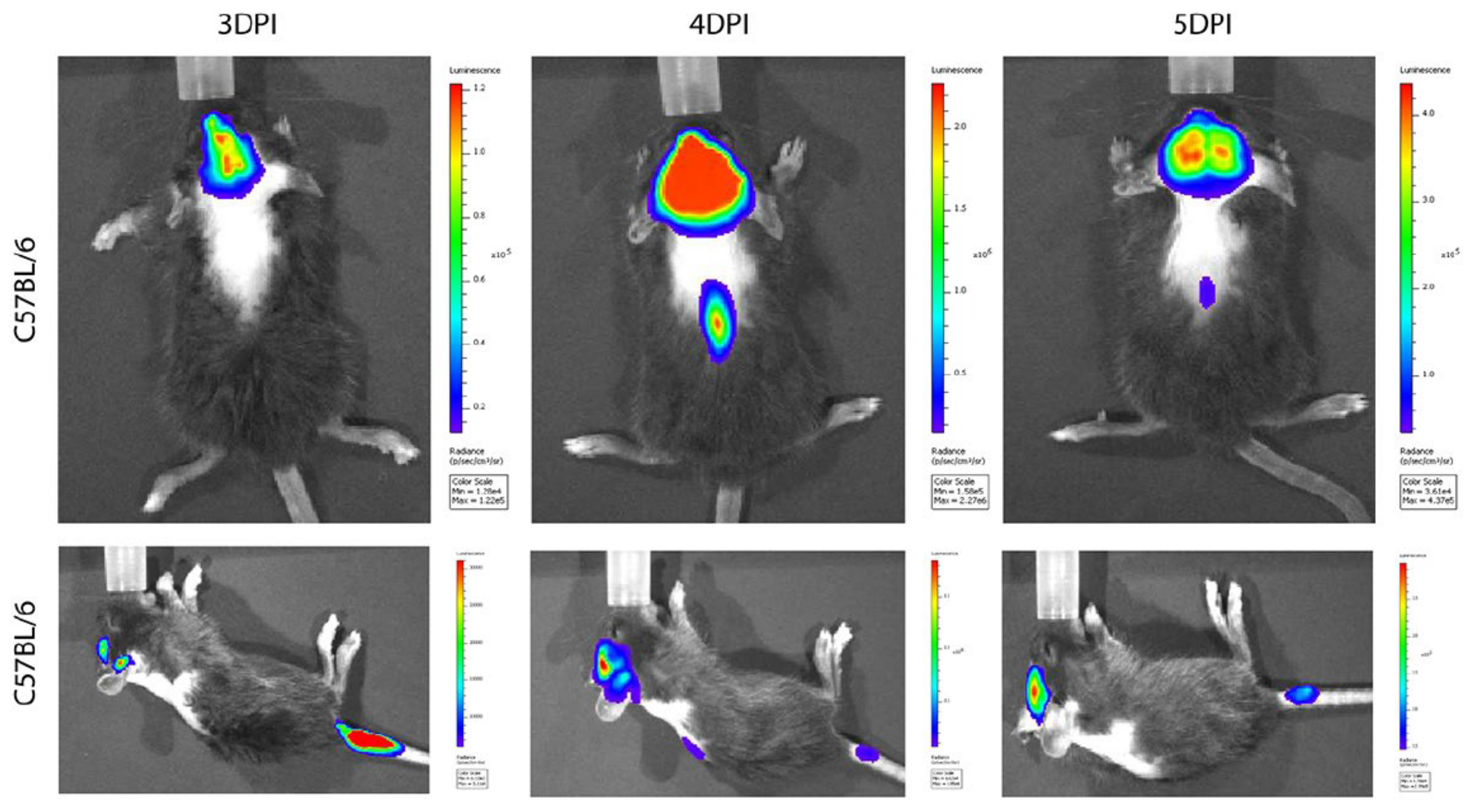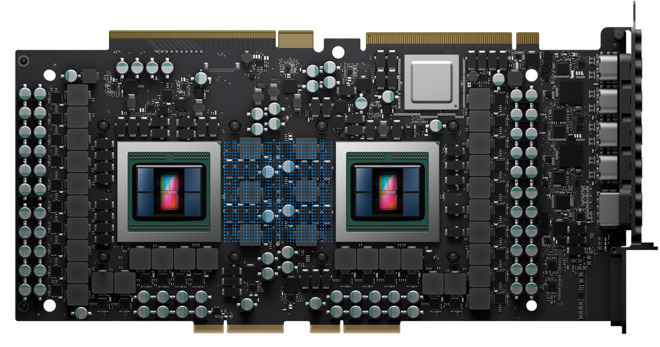Pro Tools 9, released on November 4, 2010, was the first version not requiring proprietary hardware, allowing use of the software with any interface. It could operate using the internal sound card of a PC via the ASIO driver and a Mac using Core Audio. Adobe After Effects is a digital visual effects, motion graphics, and compositing application developed by Adobe Systems and used in the post-production process of film making, video games and television production.Among other things, After Effects can be used for keying, tracking, compositing, and animation.It also functions as a very basic non-linear editor, audio editor, and media transcoder. Apple released QuickTime 1.0 (below) for Mac System 6 in December of 1991; in 1992, Apple announced the development of QuickTime for Windows to extend its reach beyond the Macintosh. Latest version of Blackmagic Fusion is 9.0 and it was released on 2017-08-01. Tags: Compositing Software, Luascriptable Software, Software Derived From Or Incorporating Wine, Windows Graphicsrelated Software; Celestia by Chris Laurel, Celestia developers.
- Open Source Compositing Software
- Free Compositing Software
- Video Compositing Software
- Best Video Compositing Software
- Aladdin (1992) cast and crew credits, including actors, actresses, directors, writers and more.
- Introduced in 1994, the Power Macintosh 6100 was the first Mac to use a PowerPC chip in the first historic processor architecture switch Apple would make in 25 years of the Mac.

Is your Mac up to date with the latest version of the Mac operating system (macOS or OS X)? Is it using the version required by some product or feature? Which versions are earlier (older) or later (newer, more recent) than the version currently installed? To find out, learn which version is installed now.
If your macOS isn't up to date, you may be able to update to a later version.

Which macOS version is installed?
From the Apple menu in the corner of your screen, choose About This Mac. You'll see the macOS name, such as macOS Mojave, followed by its version number. If some product or feature requires you to know the build number as well, click the version number to see it.
This example shows macOS Catalina version 10.15 build 19A583.
Which macOS version is the latest?
Open Source Compositing Software
These are all Mac operating systems, starting with the most recent. When a major new macOS is released, it gets a new name, such as macOS Catalina. And as updates that change the macOS version number become available, this article is updated to show the latest version of that macOS.
If your Mac is using an earlier version of any Mac operating system, you should install the latest Apple software updates, which can include important security updates and updates for the apps installed by macOS, such as Safari, Books, Messages, Mail, Music, Calendar and Photos.
| macOS | Latest version |
|---|---|
| macOS Catalina | 10.15.5 |
| macOS Mojave | 10.14.6 |
| macOS High Sierra | 10.13.6 |
| macOS Sierra | 10.12.6 |
| OS X El Capitan | 10.11.6 |
| OS X Yosemite | 10.10.5 |
| OS X Mavericks | 10.9.5 |
| OS X Mountain Lion | 10.8.5 |
| OS X Lion | 10.7.5 |
| Mac OS X Snow Leopard | 10.6.8 |
| Mac OS X Leopard | 10.5.8 |
| Mac OS X Tiger | 10.4.11 |
| Mac OS X Panther | 10.3.9 |
| Mac OS X Jaguar | 10.2.8 |
| Mac OS X Puma | 10.1.5 |
| Mac OS X Cheetah | 10.0.4 |
Learn more
- Always use the macOS that came with your Mac, or a compatible newer version.
- Learn how to reinstall macOS from macOS Recovery.
Free Compositing Software
Elastic Reality was a warping and morphing software application available on Windows, Macintosh, Silicon Graphicsworkstations and Amigas and was discontinued in 1999.
Features[edit]
The workflow of the application is based around drawing source and destination curves or shapes onto an image using bézier curve tools. The software then automatically generates an animated distortion of the image, commonly called a warp. If the warp is used to blend two images together, the effect is called morphing. Elastic Reality made its name with the ease of use of its tool, and the quality of the resulting warps. Other warping tools have typically offered a simpler warping and morphing based on animating points on a grid, which can require significantly more work from the artist to animate distortion of organic shapes such as human faces.
The application also featured basic color correction and image compositing tools, as well as the ability to keyframe the motion of bézier shapes in groups and onto motion paths, and could be used for motion graphics effects not typically associated with morphing. The application supported 8-bit and 16-bit images, and image sequences.
History[edit]
The product was originally created by ASDG of Madison, Wisconsin, which renamed itself Elastic Reality Inc, in 1994, following the success of its product. The company was acquired by Avid Technology in March 1995. The product was rebranded Softimage Elastic Reality after Avid separately acquired Softimage in 1998.
Before 1994, ASDG had started on the Amiga, and produced an image processing application called Art Department Professional (ADPro), and in 1992[1] a precursor to Elastic Reality called MorphPlus. Other software products included Image Independence (graphic file conversion and scaling), ASDG Abekas driver, Lightning F/X (for lightning effects (Later called Avid LFX)) and NSA (No Strings Attached) for removing wires from live action effects.
As early as 1994, Elastic Reality for SGI, (written by Paul Miller at ASDG in collaboration with Ted Fay at VisionArt) became the de facto morphing system in the film and broadcast industry, and contributed to hundreds of feature films and television effects, including The Iron Giant, Star Trek: Deep Space Nine, Independence Day, The Mask, and Batman Forever.[2]
Along with Gryphon Software Morph, Elastic Reality continues to be used in the present day on old computers maintained for the purpose of running Elastic Reality.
In 1997, Avid made the core image warping engine available in the form of one morphing and one image warping effect in Avid Media Illusion 5.0. These effects were integrated one year later in Avid|DS's image compositing module. The newest product to make these available is Softimage|XSI v6.0, released in December 2006, which features an integrated 2D image compositing module that is derived from Avid Media Illusion 6.0.
Compared to the classic Elastic Reality application, these effects use the 2D shape, user interface and other features native to these products, and the interaction is different, although the end results can be the same. For example, in Avid Media Illusion and XSI 6.0, morphs can be performed with B-spline curves and polygonal lines, can process 16-bit images, and offer an interactive OpenGL preview of the warp. The classic Elastic Reality application offered only Bezier curve, 8-bit image processing, and a wireframe preview which required a rendering step for accurate preview. In Avid DS, the built-in 2D tracker can be used to procedurally animate the shapes. In all three host applications, the effects are offered as image operators inside an image compositing tree, and do not require launching a separate application which makes it easier to use in conjunction with other tools. On the other hand, the classic Elastic Reality application featured items like shape grouping which could be used for matting or complex intersection groups, a path tracing tool, and more seldom used motion graphics tools to constrain and animate shapes on a path and edit keyframes. Avid DS features equivalent animation tools in its 'Graphics' module, and standard tools in these host applications can be used to mask and combine image warping effects, often in ways more powerful than the classic Elastic Reality application offered.
Awards[edit]
Perry Kivolowitz and Garth Dickie received a 1996 Technical Achievement Award from the Academy of Motion Picture Arts and Sciences for the invention of shape-based warping and morphing embodied in Elastic Reality.[3] This award recognizes that all shape-based warping and morphing systems descend from this innovation.
Development[edit]
Release history[edit]
| Version | Company | Hardware | O/S | Release date | Price | Comments / Significant changes (selected) |
|---|---|---|---|---|---|---|
| MorphPlus | ASDG Inc. | Amiga | Amiga OS | 1992 | $49 | |
| Elastic Reality 1.0 | ASDG Inc. | Mac OS | 1993 | $995, promo $345 | ||
| Windows | August 1994 | $495 | 1st Windows release. Comes with a transition generator (stand-alone) called TransJammer. Byte 'Best of Comdex' award at COMDEX. Similar to SGI version 1.3 plus some compositing features of the SGI 2.0 release | |||
| Elastic Reality 2.0 | Elastic Reality Inc. | SGI IRIX | October 1994 | $5,000 | Additional compositing tools not found in the Mac version (multiple matte types and composite stages). Regional color-correction and matte boolean operations. | |
| Elastic Reality 3.0 | Avid Technology Inc. | SGI IRIX | 1996 | $3,000 | ||
| Windows | April 7, 1997 | $999, $495, $299 | ||||
| Mac OS | July 3, 1997 | $999, $495, $299 |
Video Compositing Software
See also[edit]
External links[edit]
Best Video Compositing Software
References[edit]
- ^'Announcement of MorphPlus'.
- ^'Boston Business Journal article'. February 24, 1997. Retrieved 2007-05-30.
- ^'Oscar Citation'. Archived from the original on 10 June 2007. Retrieved 2007-05-30.